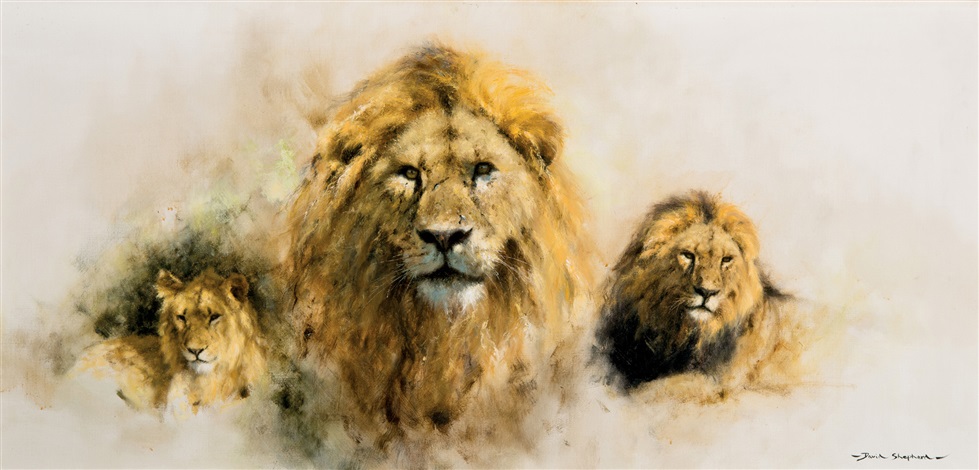

In his statement to forest officials, Bharwad said after being attacked, he started shouting to draw the attention of villagers and seek their help. The lion’s nails left a scratch on Bharwad’s arm, he said. While doing so, one of the lions attacked him with its claws,” said Bhatia. “Bharwad rushed towards the lions to scare them away. According to Bhatia, when Bharwad reached the hilly area, on the outskirts of the village, with his goats and sheep, two lions tried to attack his livestock. The incident took place on July 21 at Ambardi village of the district, around 240 from Ahmedabad, when the shepherd, Bhavesh Bharwad, had taken his sheep and goats to a nearby hilly area for grazing, said Range Forest Officer Kapil Bhatia.Īmbardi’s boundary touches the forest area of the Gir National Park, the last abode of lions in Asia. In 2010, the play was staged at the Fugard Theatre in Cape Town, South Africa with Mhlekahi Mosiea as Aesop.A shepherd was injured while trying to save his goats and sheep from two lions on the outer limits of Gir National Park in Amreli district in Gujarat, forest department officials said on Monday.

The musical Aesop's Fables by British playwright Peter Terson was first produced in 1983.
THE LION AND THE SHEPHERD TV
In 1971, Bill Cosby played Aesop in the TV production Aesop's Fables.
THE LION AND THE SHEPHERD SERIES
Aesop's 1998 appearance in the episode "Hercules and the Kids" in the animated TV series Hercules (voiced by Robert Keeshan) amounted to little more than a cameo. The image of Aesop as ugly slave was abandoned Aesop (voiced by Charles Ruggles), a Greek citizen, would recount a fable for the edification of his son, Aesop Jr., who would then deliver the moral in the form of an atrocious pun. There was also the 1953 teleplay Aesop and Rhodope by Helene Hanff, broadcast on Hallmark Hall of Fame with Lamont Johnson playing Aesop.Ī raposa e as uvas ("The Fox and the Grapes"), a play in three acts about the life of Aesop by Brazilian dramatist Guilherme Figueiredo, was published in 1953 and has been performed in many countries, including a videotaped production in China in 2000 under the title Hu li yu pu tao or 狐狸与葡萄.īeginning in 1959, animated shorts under the title Aesop and Son appeared as a recurring segment in the TV series Rocky and His Friends and its successor, The Bullwinkle Show.
THE LION AND THE SHEPHERD MOVIE
Depictions of Aesop in popular culture over the last 2500 years have included several works of art and his appearance as a character in numerous books, films, plays, and television programs.Ībandoning the perennial image of Aesop as an ugly slave, the movie Night in Paradise (1946) cast Turhan Bey in the role, depicting Aesop as an advisor to King Croesus who falls in love with the king's intended bride, a Persian princess played by Merle Oberon. A later tradition (dating from the Middle Ages) depicts Aesop as a black Ethiopian. Older spellings of his name have included Esop(e) and Isope. An ancient literary work called The Aesop Romance tells an episodic, probably highly fictional version of his life, including the traditional description of him as a strikingly ugly slave (δοῦλος) who by his cleverness acquires freedom and becomes an adviser to kings and city-states. Scattered details of Aesop's life can be found in ancient sources, including Aristotle, Herodotus, and Plutarch. Many of the tales are characterized by animals and inanimate objects that speak, solve problems, and generally have human characteristics. Although his existence remains uncertain and (if they ever existed) no writings by him survive, numerous tales credited to him were gathered across the centuries and in many languages in a storytelling tradition that continues to this day. 620–564 BCE) was an Ancient Greek fabulist or story teller credited with a number of fables now collectively known as Aesop's Fables. Although his existence remains uncertain and (if they ever existed) no writings by him survive, numerous tales credited to him were gathered across the centuries and in many languages in a storytelling trad Aesop (/ˈiːsɒp/ ee-sop Ancient Greek: Αἴσωπος, Aisōpos, c.



 0 kommentar(er)
0 kommentar(er)
